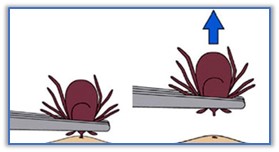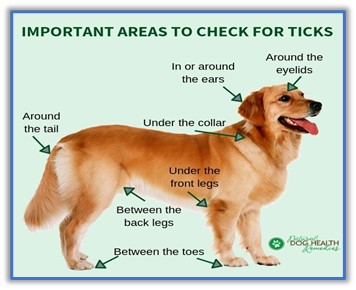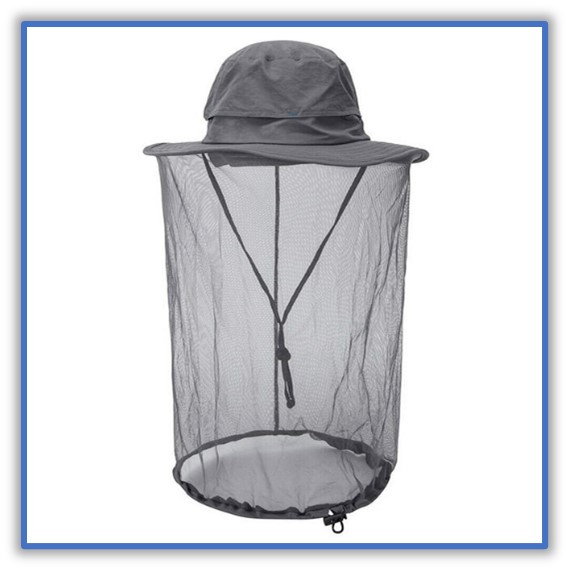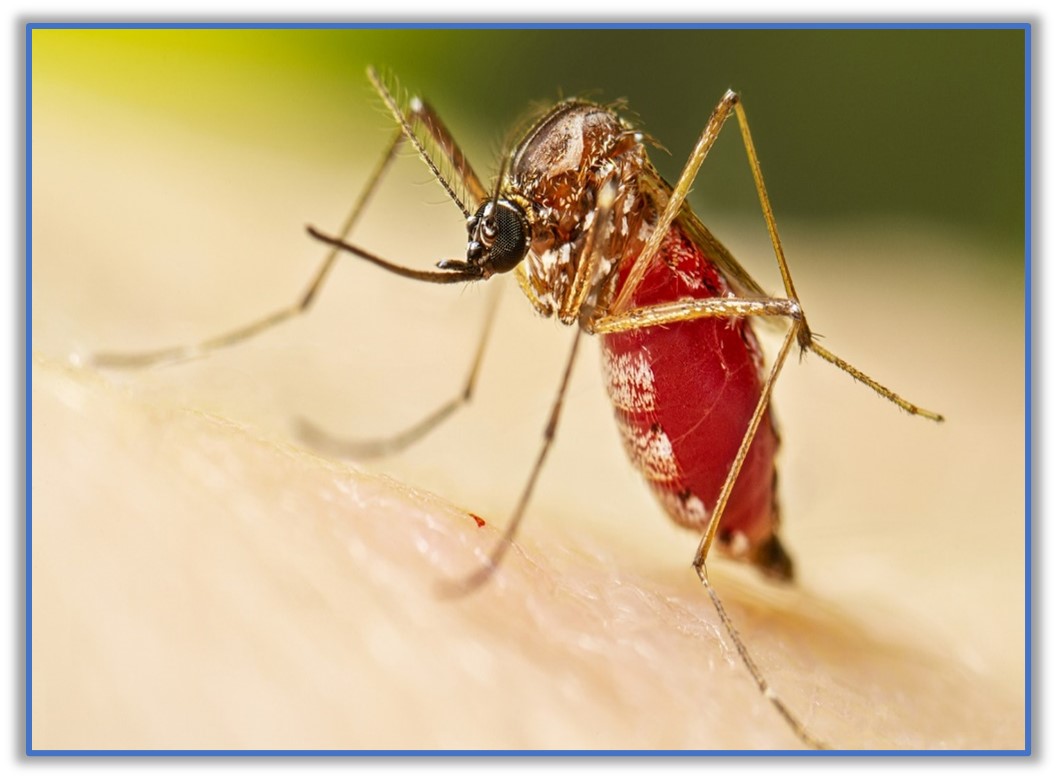Tick and Mosquito Safety
Protect Yourself from Ticks and Mosquitoes While Enjoying Conservation Land
Hiking on public trails is a wonderful way to enjoy the outdoors, but it’s important to take precautions against ticks and mosquitoes, which can transmit diseases such as Lyme, West Nile Virus (WNV) and Eastern equine encephalitis (EEE). Follow these tips to protect yourself and stay safe outside:
For Information on Tick-Borne Illnesses, Click Here
Protecting Against Ticks
Ticks are small, spider-like parasites that can attach to your skin and feed on blood, primarily from mammals and birds. They are often found in wooded areas, tall grass, and bushes. To protect yourself from ticks:
- Wear appropriate clothing: Wear long pants, long-sleeved shirts, and closed-toe shoes. Tuck your shirt into your pants, as well as your pants into your socks to prevent ticks from crawling up your legs and provide the fewest entry points possible. Wearing light colors makes it easier to quickly notice a tick if it does make it onto your clothing. If you have long hair, consider tying it up or wearing a hat as this is another way a tick can climb onto you.
- Use insect repellent: Apply an EPA-registered insect repellent that contains
 at least 20% DEET to exposed skin. Follow the instructions on the label carefully. When spending a long time outside, make sure to reapply to maintain protection. For more information about tick repellents click here.
at least 20% DEET to exposed skin. Follow the instructions on the label carefully. When spending a long time outside, make sure to reapply to maintain protection. For more information about tick repellents click here. - Treat clothing with permethrin: Permethrin is a repellent that can be applied to clothing, shoes, and gear (not skin!) to repel ticks and mosquitoes. After being applied it can remain effective for multiple washes. Follow the product instructions carefully. Permethrin products can be found at most outdoor stores, and some companies, such as LL Bean or Insect Shield, will also treat your clothing for you if you send it to them.
You may also be able to find clothes that are produced infused with Permethrin or DEET for sale at these stores. Clothes like this will remain effective through many more washes than those you treat yourself.
- Stay on the trails: Walking on established trails can help reduce your exposure to ticks, as they are more commonly found in grassy or wooded areas off the beaten path. Ticks often get onto people by waiting on plants and then grabbing onto your clothes when you brush past, so, walking in the middle of the path and minimizing the number of plants you brush against will decrease your exposure. Avoid sitting directly on the ground and walking through high grass as this is another way ticks can often climb onto people.
- Check for ticks: During and after your hike, thoroughly check your body for ticks. Pay close attention to areas such as the armpits, groin, scalp, and behind the ears. If you find a tick, remove it carefully with tweezers. Grasp the tick by the head, as close to the skin’s surface as possible and pull upward with steady, even pressure. Do not twist or jerk the tick while removing. Place the tick in an airtight bag or container and dispose of it in the trash. Clean the bite area and your
 hands with rubbing alcohol, an iodine scrub, or soap and water after removal.
hands with rubbing alcohol, an iodine scrub, or soap and water after removal. - Shower after hiking: Taking a shower shortly after coming indoors can help wash off ticks that may have made it onto your skin before they bite.
- Dry your clothes immediately upon returning: Throwing the clothes you were wearing outside into the dryer for 20 minutes on a hot cycle is an effective way to kill any ticks that hitched a ride back into your home.
- Be aware of peak activity times: Ticks are most active during the warmer months, from April to September, but can still be active year-round. Any time that the ground temperatures goes above 35 degrees, ticks can become active again.
- Check for ticks on pets: If you hike with pets, check them for ticks after your hike, as ticks can hitch a ride on your furry friends and then transfer to you. It is best to do this before taking them into your car or home. Make sure to check areas ticks can hide, such as under their collars, in and around their ears, and between their legs. Keeping your dog on leash protects your dog from running off trail and exposing themselves to ticks.

Pets are also susceptible to tick-borne illnesses such as Lyme, making prevention important. Ask your veterinarian about medications and vaccines that may help protect your pet.
- Identification: If you do find a tick that has bitten you or your pet, identifying the type of tick can be very important. There are four types of ticks commonly found in the Northeast shown in the diagram below that are each vector species for different bacteria and viruses.
Blacklegged ticks, also called deer ticks are responsible for transmitting Lyme disease, and in the Northeast United States, up to 50% of these ticks can carry the bacteria that causes the disease, although the number that have a transmittable amount is significantly less than that. In addition, it takes 12-48 hours for a tick carrying Lyme to transmit it to a person, so early detection is key. If you keep the tick after removal, you can send it to get tested for diseases. It is important to familiarize yourself with the symptoms to look out for if you have been bitten. With Lyme, the most notable common symptom is a bullseye shaped rash at the site of the bite. For more information about tick identification and diseases, as well as how to get a tick tested, look here.

Protecting Against Mosquitoes
Mosquitoes are small, flying insects who feed on the blood of mammals including people. They are prevalent in Massachusetts, especially during the warmer months. To protect yourself from mosquitoes:
- Use insect repellent: Apply an EPA-registered insect repellent that contains DEET, picaridin, oil of lemon eucalyptus (OLE), or IR3535 to exposed skin. Reapply repellent as directed.
- Wear appropriate clothing: Mosquitoes are attracted to dark colors, so wearing light-colored clothing can help deter them. Additionally, the most effective method for avoiding mosquito bites is minimizing uncovered skin. Wear long sleeves, long pants, and long socks with closed toe shoes to reduce the area the mosquitoes could possibly bite.

Avoid areas with standing water: Mosquitoes breed in standing water, so avoid hiking near ponds, lakes, and other bodies of water where mosquitoes may be present, especially during peak times. This is also something important to keep in mind around your own property, as “standing water” can often be something as small as a bird bath, old tire, clogged gutters, or a bucket that has been left out in the rain. It only takes a few days for mosquito larvae to start developing when sufficient water is left around.
- Use mosquito nets: If you are camping or hiking in areas with high mosquito activity, consider using mosquito nets or screens to protect yourself. Some bug nets can be worn even while hiking, keeping mosquitos away from your face and neck, creating an impenetrable barrier from head to toe.
- Stay Cool: Mosquitoes are attracted to body heat and sweat, so staying cool can help reduce your attractiveness to mosquitoes.
- Be aware of peak activity times: Mosquitoes are most active between May-September and particularly around dawn and dusk, although this can vary for different species of mosquito. For more information about mosquito prevention, look here.
By following these tips, you can reduce your risk of tick and mosquito bites while hiking on public trails. Enjoy your hike, stay safe, and protect yourself from these pesky critters!

